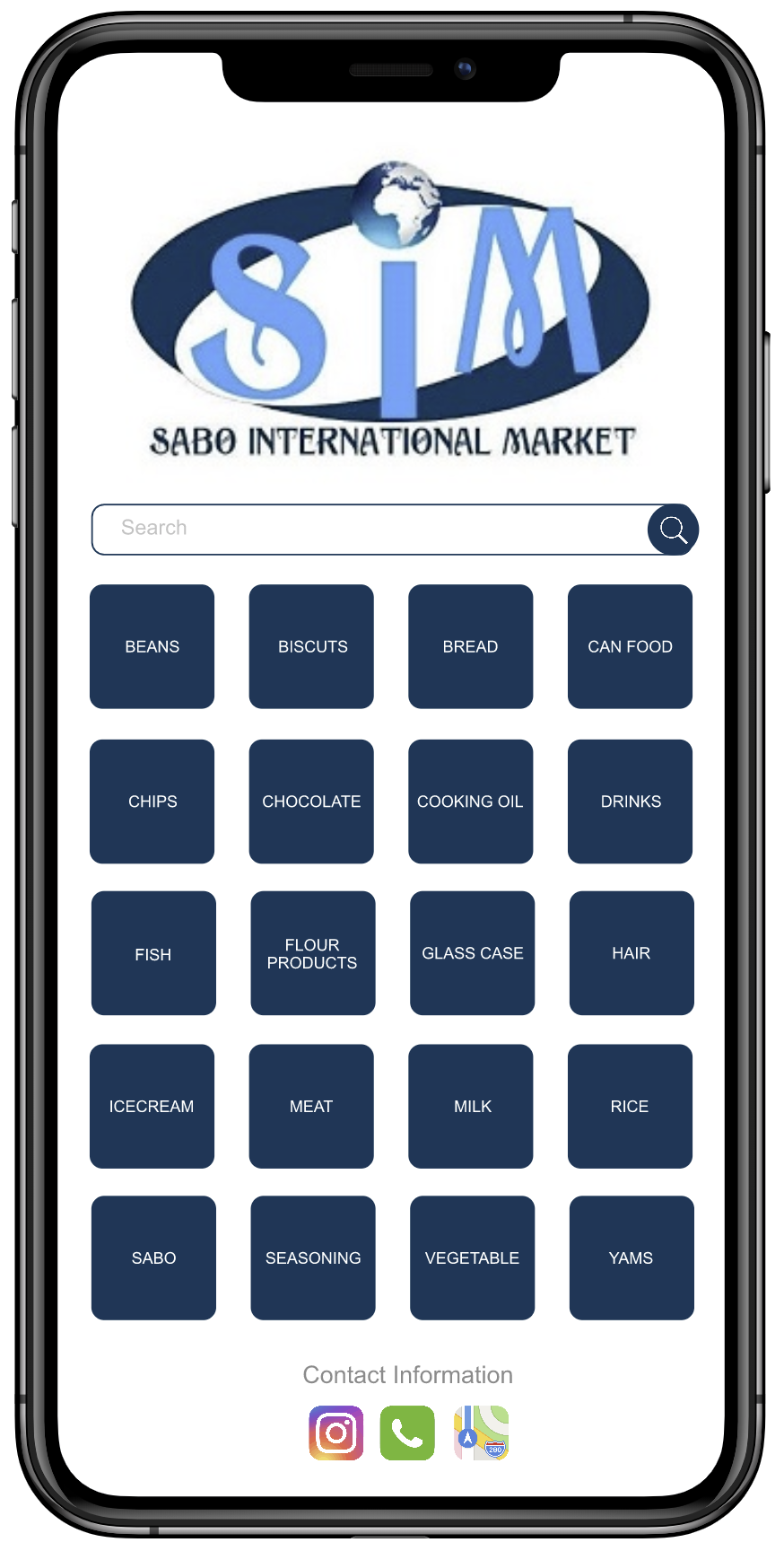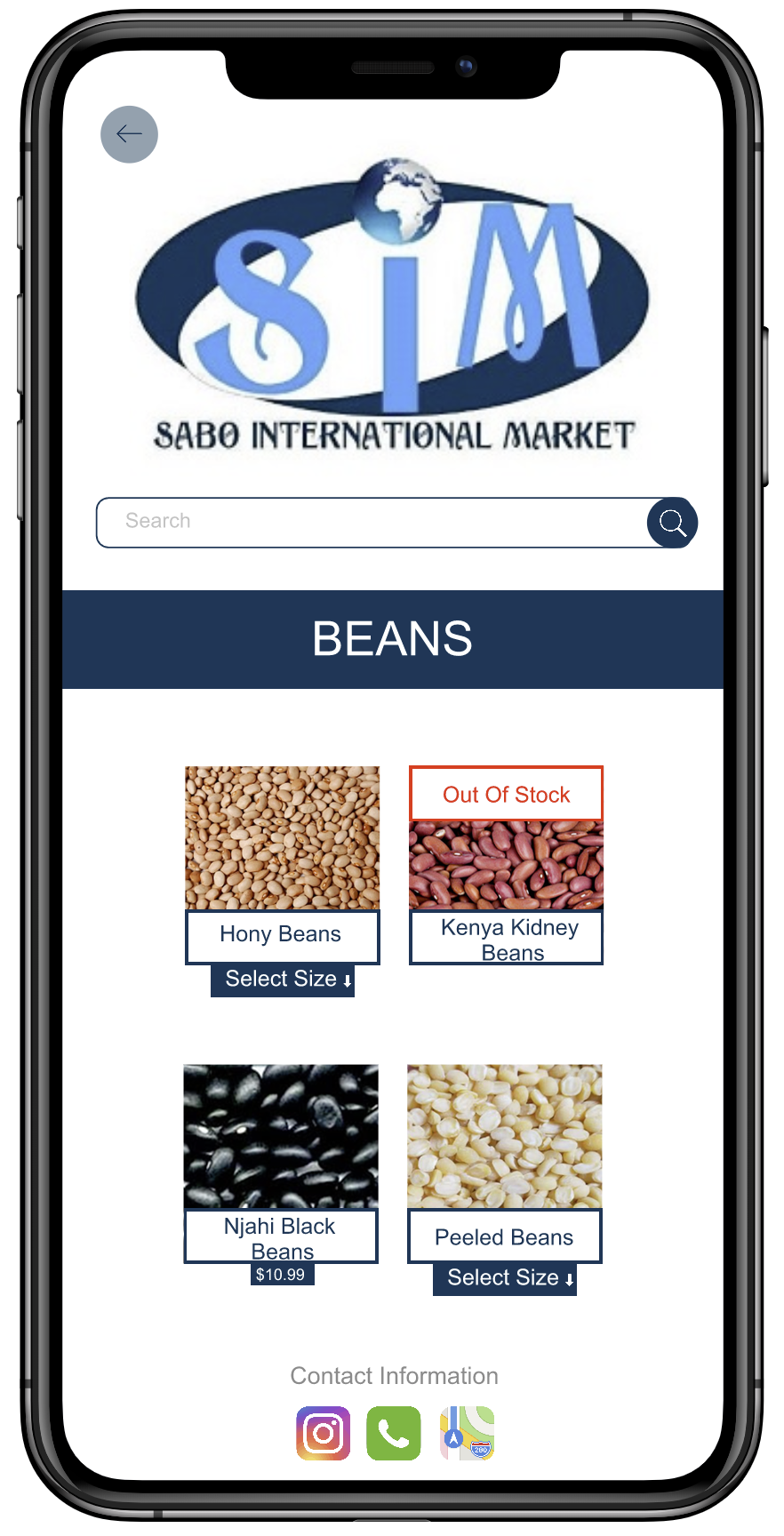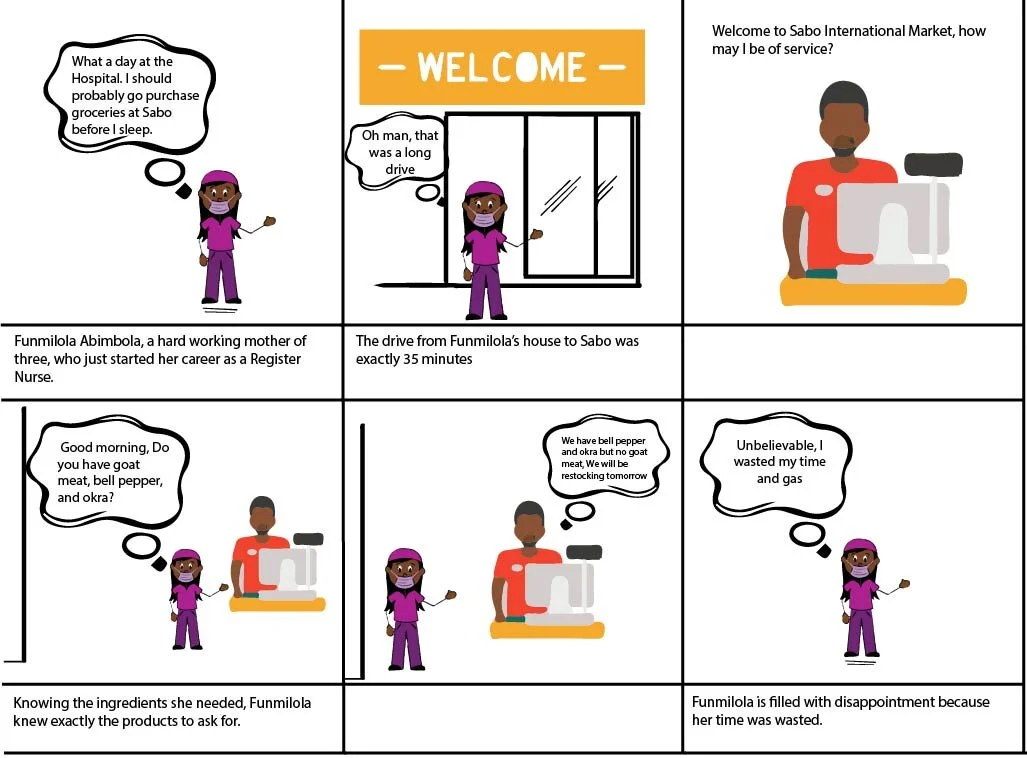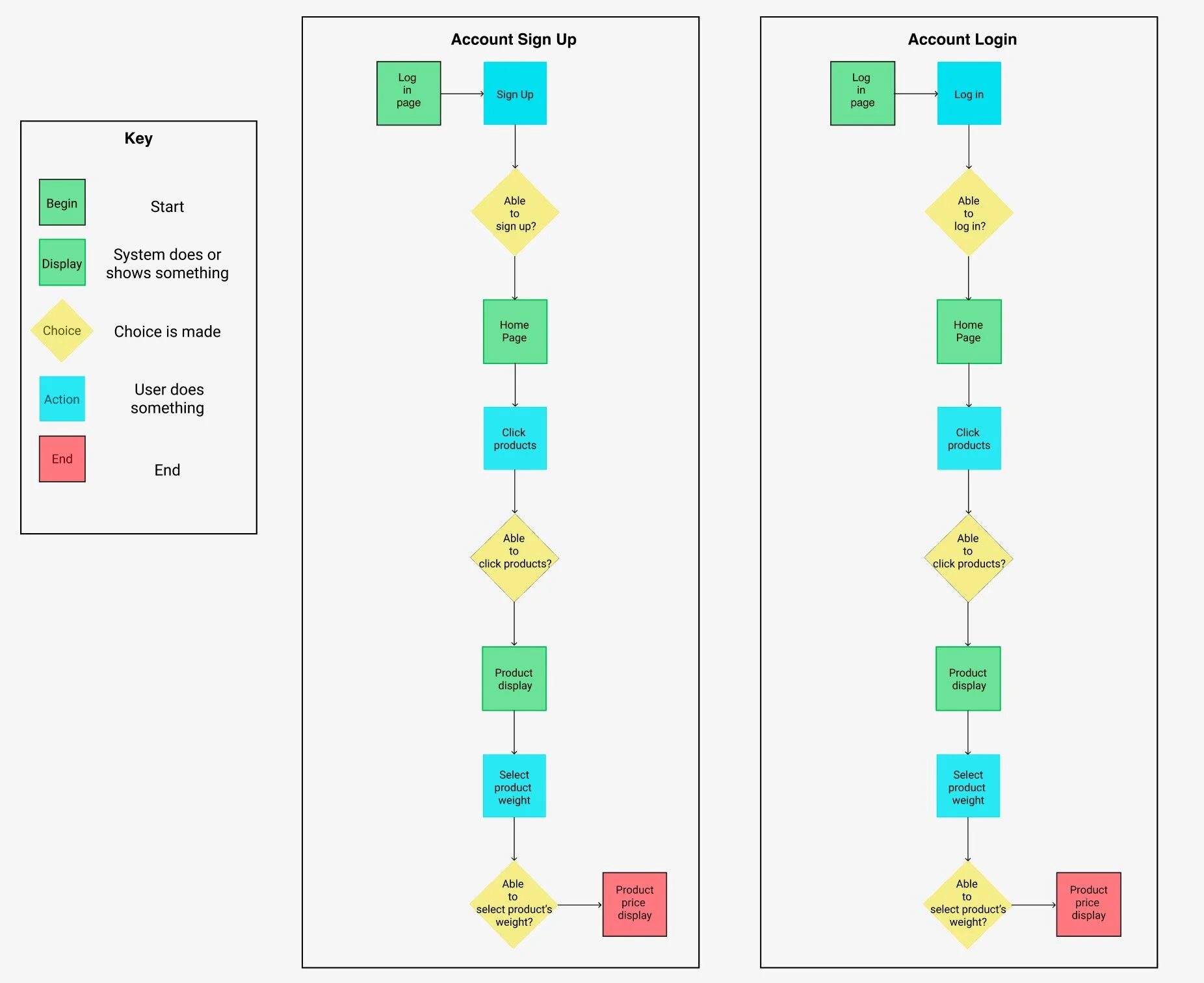Case Study: Sabo Inventory Update
SABO INVENTORY UPDATE CASE STUDY
My Responsibilities
User research, wire framing, storyboarding, task flow, and prototyping
Project Overview
Sabo international market is a small to mid level international market. They provide quality international products to their customers at an affordable price. Sabo has a variety of items such as, Sabo’s own Garri Ijedbu, elubo, kidney-shaped cowpeas, honey beans, palm oil (a vegetable oil derived from the, exocarp of the fruit of the African oil palm Elaeis guineensis), and so muchmore at the lowest prices! These products are all natural and made from Nigeria; the quality is guaranteed. The Stakeholders for Sabo are Theo and Kemi Adeniran. After church on a Sunday afternoon, I was carving Sabo’s finest bread, agege bread, so I went to my neighborhood International store, Sabo International Market. I was irritated after traveling 20 minutes to the grocery only to discover that they had run out of bread earlier that day. As a result of my dissatisfaction, I decided to work with the stakeholders as a freelancer to improve unnecessary traffic flow at the store. I chose to work as a freelancer with the stakeholders to reduce wasteful traffic flow at the shop. I began the project by performing mixed-method user research to discover users' pain issues in the international market. Here are my findings.
Objectives
Users Pain Point
The difficulties Sabo International Market (SIM) and their customer face on a daily basis are unnecessary traffic ignorance of product availability at given times.
Research Goal
The intended reason for the app is to help aid customers and store managers with time management. This App will display products and their prices, what is out of stock, name of company, Location of the store and store hours. I will be designing an app prototype to allow easy communication with customers to relay important information such as product availability, store updates, new locations, and business branches.
User Research
Summary
I messaged people from different social media platforms to ensure that I would receive feedbacks on how effective and efficient the design is when selecting the size of available products. To determine if this design is successful I asked testers questions that catered to measure the success of the design, for example, what is the price for 10 lb honey beans? I then asked if the product and product size were easy to find also if the design was easy to use. As a result of this survey 46% percent of testers agreed that the design was easy to use.
Participants (24)
Gender
11 males
13 females
Race
All Africans
Age Group
25 - 50 years
Marital Status
6 married
18 single
Persona
Story Board
Pain Points
“I came all the way from Plainfield and you guys do not even have what I need.“
“Excuse me how much is your 10lb beans I can not find the price on here“
“Why is everything so expensive“
Design Sketches
I conducted a user test for design one. As a result of the user test conducted, users were troubled with understanding the concept of the design. After asking users what price is what for what size, 46% of users were able to correctly answer the questions being asked. Due to this reason, I started working on the second design.
Design One
Design Two
Task Flow
There are two task flows: One for a user to sign up and create an account, another for logging into user’s account. The purpose of a task flow is to demonstrate how a user would travel through the system templates while performing a specific task.












